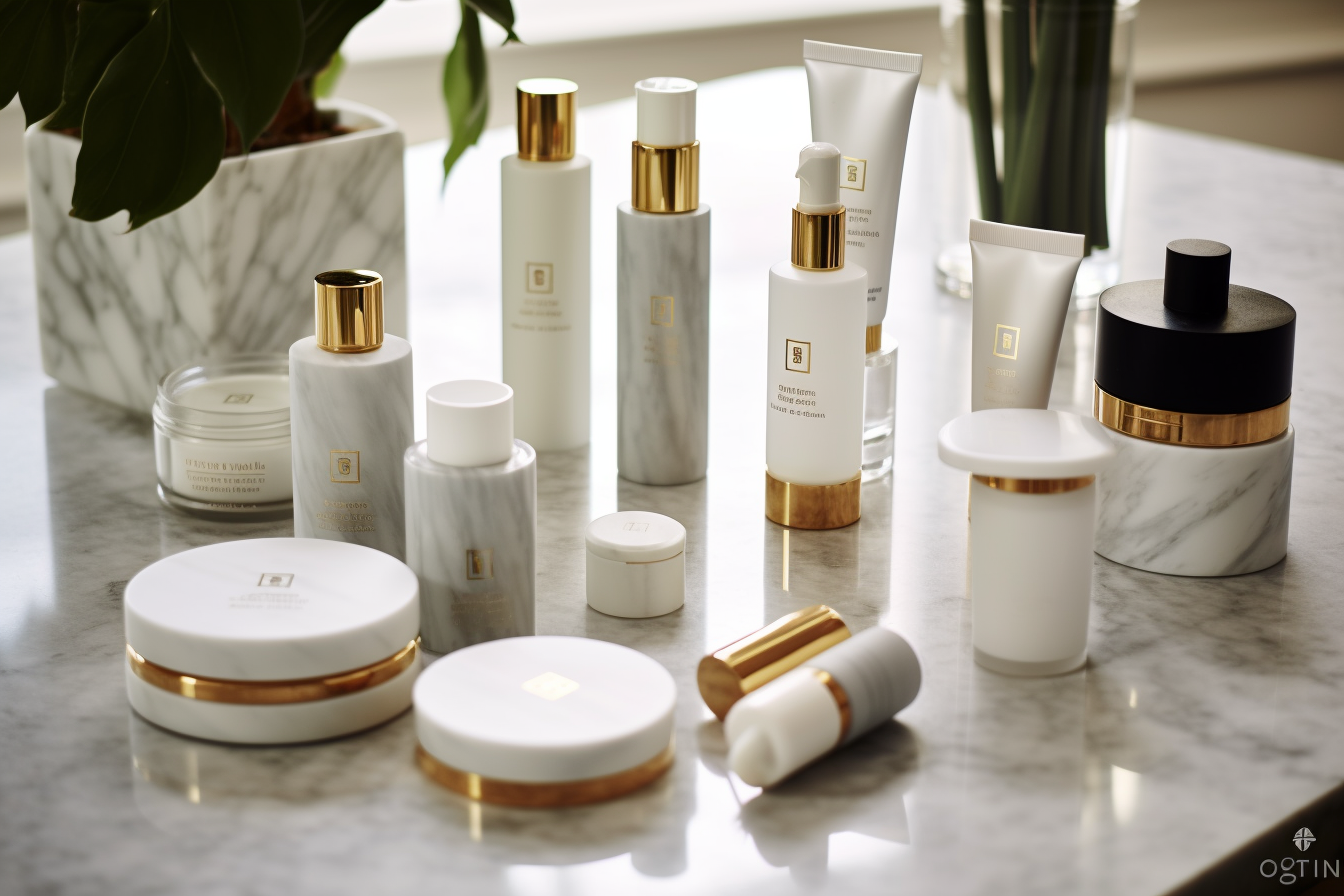 Building a lasting cosmetic brand in today’s competitive market requires a multi-faceted approach that involves careful planning, consistent effort, and dedication. With the rise of social media, businesses must also adapt their strategies to reach their target audience effectively.
In this article, we will explore tips and strategies that businesses can use to build a lasting cosmetic brand. Firstly, we will discuss the importance of time and effort in creating a strong reputation. A brand that stands the test of time is one that has consistently delivered on its promises and maintained a high level of quality in its products. We will also explore the importance of innovation within the industry and how staying ahead of the curve can help businesses not only maintain their relevance but also attract new customers.
Secondly, we will delve into the customer experience and ways in which businesses can prioritize their customers to build loyalty and trust. Finally, we will discuss the importance of marketing efforts and how targeting specific audiences can help businesses reach their goals.
By the end of this article, readers will have a better understanding of the key components necessary to build a lasting cosmetic brand, allowing them to take control of their business and achieve long-term success.
Building a lasting cosmetic brand in today’s competitive market requires a multi-faceted approach that involves careful planning, consistent effort, and dedication. With the rise of social media, businesses must also adapt their strategies to reach their target audience effectively.
In this article, we will explore tips and strategies that businesses can use to build a lasting cosmetic brand. Firstly, we will discuss the importance of time and effort in creating a strong reputation. A brand that stands the test of time is one that has consistently delivered on its promises and maintained a high level of quality in its products. We will also explore the importance of innovation within the industry and how staying ahead of the curve can help businesses not only maintain their relevance but also attract new customers.
Secondly, we will delve into the customer experience and ways in which businesses can prioritize their customers to build loyalty and trust. Finally, we will discuss the importance of marketing efforts and how targeting specific audiences can help businesses reach their goals.
By the end of this article, readers will have a better understanding of the key components necessary to build a lasting cosmetic brand, allowing them to take control of their business and achieve long-term success.
Key Takeaways
- Growing a lasting brand takes time, effort, and dedication, and it is important to keep promises to build trust.
- Prioritizing the customer experience is crucial, and identifying different aspects of the product that could appeal to different groups of people is important.
- Investing in marketing efforts that reach the target audience is necessary, and combining digital and traditional methods can be effective.
- A clear vision and a rock-solid reputation are essential for any lasting brand, and creating a lasting brand is well worth the effort.
Time and Effort
The process of building a lasting cosmetic brand requires a significant investment of time, effort, and dedication, as emphasized in the pre-existing knowledge. Brands cannot be built overnight, and it takes a lot of hard work to establish a strong presence in the market. Companies must be prepared to invest in their marketing budget and develop a solid social media strategy to reach their target audience effectively. Building a strong brand identity takes time and effort, and it is not something that can be achieved overnight. Companies that are committed to building a lasting brand must prioritize their customers and invest in marketing efforts that target their audience. By developing a strong social media strategy, companies can engage with their customers and build a loyal following. Ultimately, the investment of time, effort, and dedication is essential for building a lasting cosmetic brand that customers can trust.Customer Experience
Prioritizing the satisfaction of customers is crucial for enhancing the overall experience of using cosmetic products. In the competitive world of cosmetics, the customer experience is a key factor in building brand loyalty and maintaining a lasting brand. Here are some personalization strategies that can help businesses improve the customer experience:- Offering personalized consultations and recommendations based on skin type and concerns can create a sense of individuality and care for the customer.
- Providing easy-to-use tools for customers to find their perfect shade or match can simplify the purchasing process and increase customer satisfaction.
- Incorporating customer feedback into product development and marketing efforts can show customers that their opinions are valued and can help build trust and loyalty.
Marketing and Targeting
Marketing and targeting are essential components of a successful cosmetics business as they enable companies to reach their target audience and create a strong brand identity. A company’s target audience is the group of customers it aims to sell its products, and it is important to understand their needs and preferences to create effective marketing strategies. Social media has become a crucial tool in cosmetics marketing as it allows companies to reach specific audiences and create engaging content that resonates with them. Companies can use social media platforms like Facebook, Twitter, Instagram, TikTok, and LinkedIn to share product information, showcase their brand identity, and connect with their target audience. To create an effective social media strategy, companies should start by identifying their target audience and understanding their interests, preferences, and behaviors. They can then create engaging content that appeals to this audience, such as tutorials, reviews, and behind-the-scenes glimpses of the brand. Companies should also use social media to build relationships with their customers by responding to comments and messages, and by creating a sense of community around their brand. In addition to social media, companies can also use traditional marketing methods such as print ads, billboards, and TV commercials to reach a wider audience. However, it is important to prioritize digital marketing efforts as they are often more cost-effective and allow for more targeted messaging.What Are the Key Components of a Lasting Cosmetic Brand?
A lasting cosmetic brand keys success lies in its ability to establish a unique brand identity, build strong customer relationships, and deliver high-quality products. Maintaining consistency in brand messaging, adapting to changing consumer preferences, and fostering innovation are crucial components. Additionally, strategic marketing, effective communication, and prioritizing customer satisfaction play pivotal roles in creating a lasting cosmetic brand.
Frequently Asked Questions

